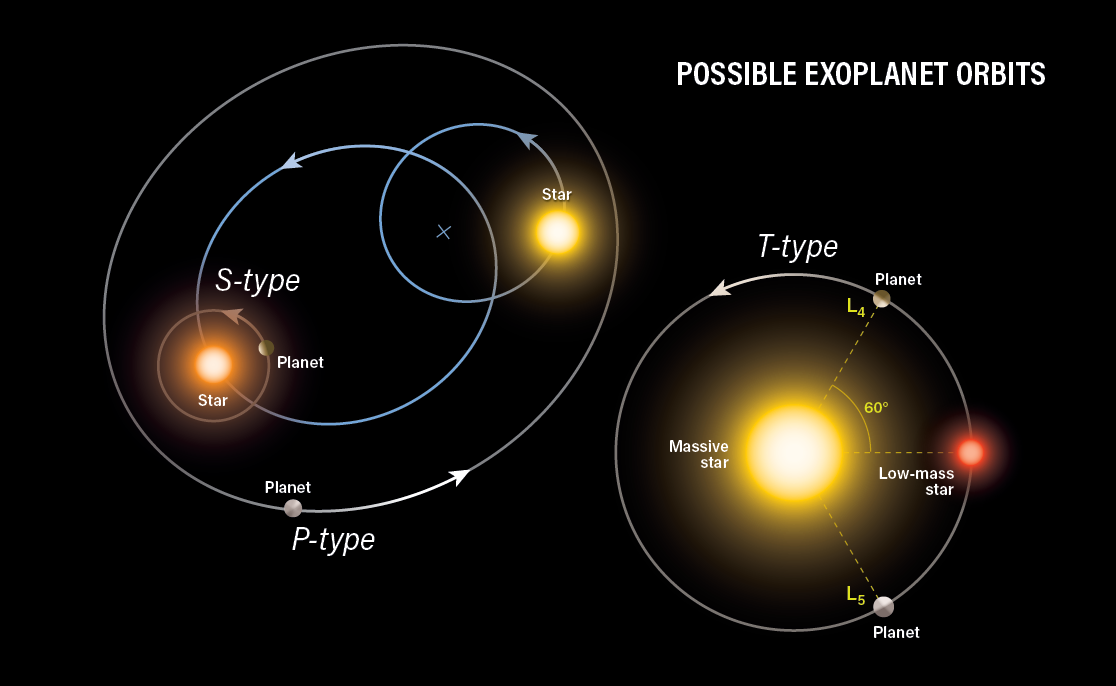
Exploring the Cosmic Dance: What is a Binary Star System?
In the vast expanse of the universe, stars are not solitary beacons of light but often engage in captivating celestial dances with one another. Binary star systems, an incredibly common configuration in the cosmos, offer a mesmerizing glimpse into the complex dynamics of stellar companionship. In this article, we will journey into the heart of binary star systems, uncovering their definition, types, formation, and their profound significance in the field of astronomy.
Defining Binary Star Systems
A binary star system is a celestial arrangement where two stars are gravitationally bound to each other, orbiting a common center of mass. The term “binary” is derived from the Latin word “binarius,” meaning “consisting of two.” These stars, often referred to as “binary stars” or “stellar companions,” can range from being incredibly close to one another to being widely separated, depending on their specific configuration.
Types of Binary Star Systems
Binary star systems come in various flavors, based on the distance between the two stars and their individual properties. Here are the primary types:
1. Visual Binary Stars
In a visual binary star system, the two stars are separated widely enough that they can be distinguished as two separate points of light when viewed through a telescope. Observers can track the orbits of these stars visually over time. The famous binary star system Albireo in the constellation Cygnus is an example of a visual binary.
2. Spectroscopic Binary Stars
Spectroscopic binary stars are so close together that they cannot be individually resolved through telescopic observations. Instead, astronomers detect their binary nature by analyzing the periodic shifts in the stars’ spectral lines as they orbit each other. These shifts are caused by the Doppler effect and reveal the stars’ relative motion.
3. Eclipsing Binary Stars
Eclipsing binary stars, like the name suggests, are systems where one star periodically passes in front of the other, causing an eclipse. These eclipses result in a regular decrease in the system’s brightness as observed from Earth. Astronomers can deduce valuable information about the stars’ properties, such as size, mass, and temperature, by studying the light curve of these eclipses.
4. Astrometric Binary Stars
In astrometric binary stars, the presence of a companion is inferred through the wobbling motion of the primary star. The wobble is detected by measuring the apparent shift of the primary star in the sky (its astrometric position). This method is particularly useful for detecting companions with smaller masses, such as brown dwarfs.
Formation of Binary Star Systems
Binary star systems form through various mechanisms, depending on the circumstances within stellar nurseries:
1. Fragmentation of Molecular Clouds
Many binary systems originate from massive molecular clouds in space. As these clouds collapse under gravity to form stars, the irregularities in the cloud’s density can lead to the formation of multiple stars in close proximity.
2. Capture of Passing Stars
In some cases, a solitary star can capture another star into orbit due to gravitational interactions. This process can result in the creation of a binary system.
3. Disk Fragmentation
Within the accretion disks surrounding young stars, regions of enhanced density can lead to the formation of binary companions. Material within the disk gathers to create one or more additional stars.
Significance in Astronomy
Binary star systems hold tremendous significance in the field of astronomy:
1. Stellar Mass Determination
By observing binary stars, astronomers can accurately determine the masses of the stars involved. This information is vital for understanding the evolution and life cycles of stars.
2. Stellar Evolution
Binary star systems provide invaluable insights into the various stages of stellar evolution, including the birth, life, and eventual fate of stars. Interactions between binary stars can lead to phenomena such as supernovae and black hole formation.
3. Testing Gravitational Theories
Binary star systems serve as natural laboratories for testing theories of gravity, including Einstein’s general theory of relativity. The precise measurements of orbits in these systems can reveal if gravitational interactions conform to predictions.
Conclusion
Binary star systems, with their intricate orbits and shared cosmic destinies, offer a compelling and complex story of celestial companionship. From the awe-inspiring visual binaries gracing our night sky to the elusive spectroscopic binaries detected through spectral analysis, these systems enrich our understanding of the universe’s inner workings. As astronomers continue to explore the cosmos, binary stars remain a captivating subject of study, providing not only a window into the lives of stars but also a testament to the enduring mysteries of the cosmos.
